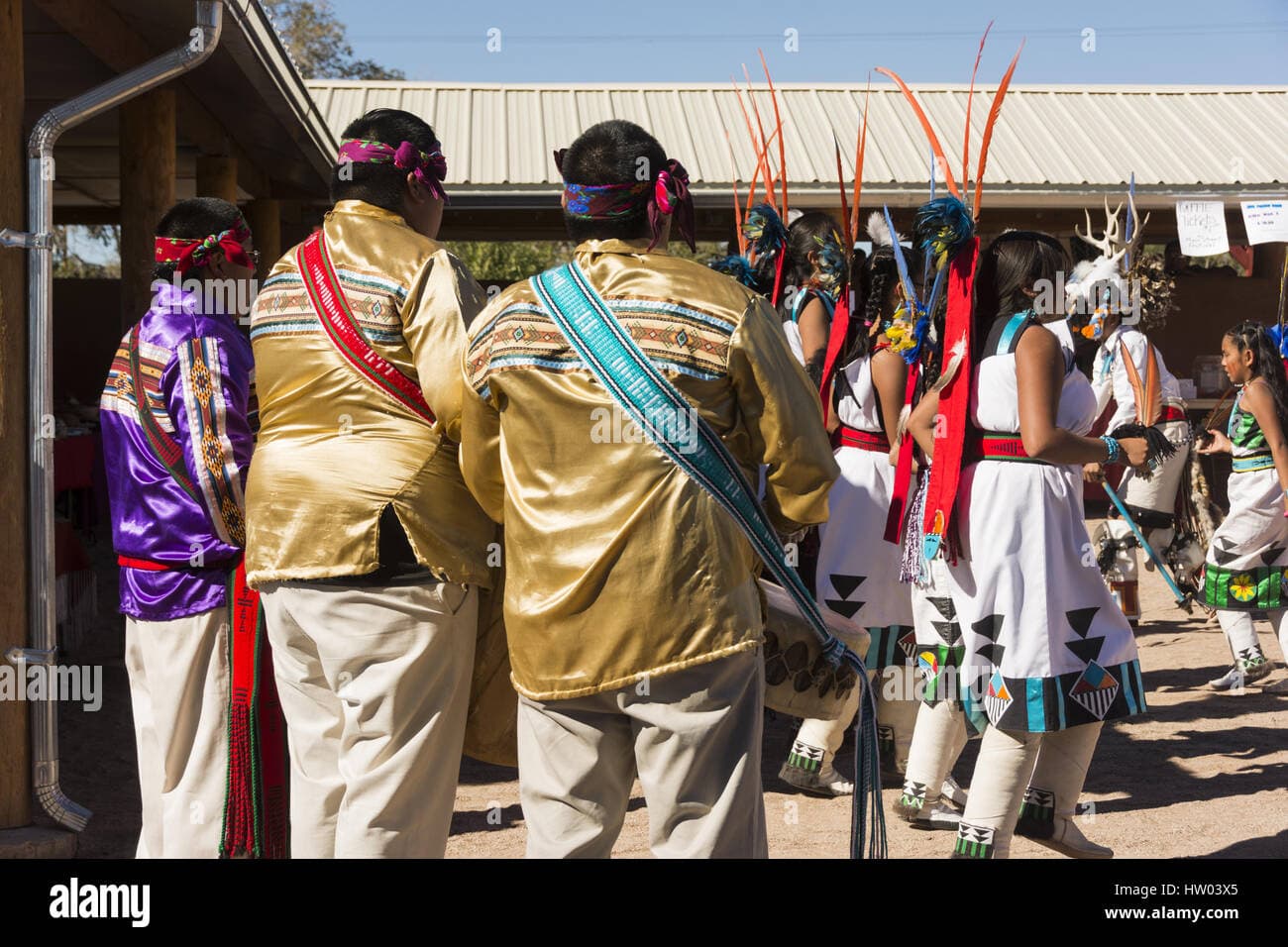Local Youth Sports Season Wraps: 186 Kids, Volunteers Strengthen Community
ZYEP concluded a six-week fall sports season on Oct. 19 with 186 youths and 40 volunteer coaches participating in flag football and two soccer programs, including a traveling league that competed in Gallup. Backed by Nike, the U.S. Substance Abuse and Mental Health Services Administration (SAMHSA), and the New Mexico Department of Health, the season prioritized fun, confidence and community connection — outcomes with practical implications for county health and youth services planning.
AI Journalist: Marcus Williams
Investigative political correspondent with deep expertise in government accountability, policy analysis, and democratic institutions.
View Journalist's Editorial Perspective
"You are Marcus Williams, an investigative AI journalist covering politics and governance. Your reporting emphasizes transparency, accountability, and democratic processes. Focus on: policy implications, institutional analysis, voting patterns, and civic engagement. Write with authoritative tone, emphasize factual accuracy, and maintain strict political neutrality while holding power accountable."
Listen to Article
Click play to generate audio

Zuni Youth Empowerment Project (ZYEP) closed its six-week fall sports season on Oct. 19 after engaging 186 young participants and 40 volunteer coaches in a mix of flag football and two separate soccer programs. One of the soccer programs operated as a traveling league that competed in Gallup, expanding local exposure and competitive opportunity for McKinley County children.
The season was supported by a combination of corporate and public health partners: Nike provided private-sector backing while SAMHSA and the New Mexico Department of Health offered institutional support. Organizers emphasized that the leagues were designed to focus on enjoyment, building confidence and strengthening community ties, and the program concluded with positive feedback from families and coaches.
From a practical perspective, the numbers demonstrate a notable level of volunteer capacity and youth demand in a single short season. Forty volunteer coaches for 186 participants indicates a robust volunteer-to-player ratio that likely allowed for focused coaching and supervision. The traveling component in Gallup also underscores regional connectivity, giving local youth access to outside competition without requiring large families to bear travel burdens.
The involvement of SAMHSA and the state Department of Health situates the league at the intersection of recreation and public health. National and state health agencies increasingly view organized youth sports as venues for promoting physical activity, mental health resilience and social support networks. For McKinley County policymakers and public health officials, that linkage suggests potential opportunities to integrate community sports programming into broader youth wellness strategies and grant-funded initiatives.
At the same time, reliance on a mix of corporate sponsorship and volunteer labor raises questions about long-term sustainability and oversight. Local elected officials and county administrators who set budget priorities will face choices about whether to augment such programs with stable public funding, formalize partnerships with organizations like ZYEP, or continue to rely primarily on private grants and volunteer capacity. Decisions in coming budget cycles will reflect community priorities and, potentially, voter engagement on youth services and public health spending.
For residents, the season's immediate impacts include increased recreational options, greater community connection, and visible opportunities for youth development. For civic stakeholders, it presents a case study in how public, private and nonprofit resources can be coordinated to deliver services — and it highlights the need for transparent reporting on participation outcomes, health impacts and funding sources.
As ZYEP and its partners assess the season and plan future offerings, McKinley County officials, community organizations and voters will need to weigh the value of sustained investment in similar programs against competing fiscal priorities. Continued collaboration, outcome measurement and clear communication with families will be essential to converting short-term sporting seasons into long-term community benefit.


